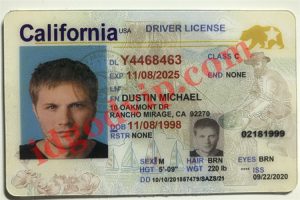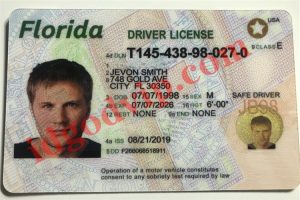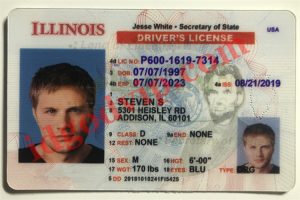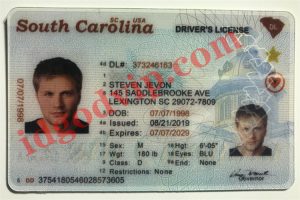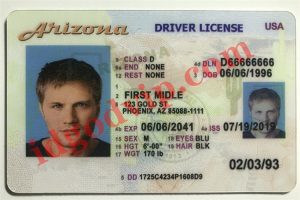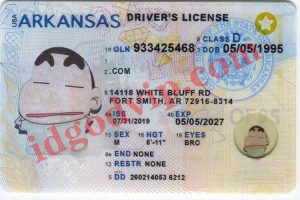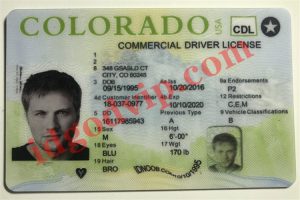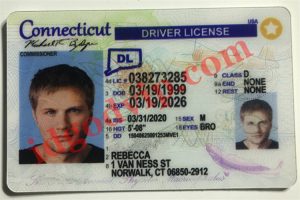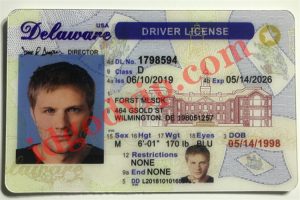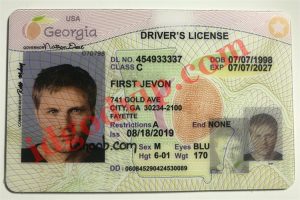The three most common fake IDs
In the critical food board business, establishments that sell alcohol have an advantage. In 2019 alone, beer deals generated nearly $35 billion, while soul deals sourced more than $29 billion. Bars and breweries are probably the most reliant on the alcohol trade.
Still, even fully regulated cafes have up to 25% of their wages from serving alcohol. The way to open a productive liquor trading area is to obtain a liquor license. The biggest risk to your liquor license is ignoring detection of counterfeit IDs and serving minors.
The three most common types of ID card fakes are obtained ID cards, fake ID cards, and produced ID cards. Also, carefully examining each type of fake ID will help you spot them when you check.
1. Get ID
The resulting fake IDs are the most widely known id card fakes, with approximately 95% of ID card extortion cases coming from people who have been admitted. Anyway, fake IDs that minors get from other modern family members, friends, and untouchables within the association.
Distinguish the direction of the obtained ID bit by bit:
Check for irregularities between ID photos and ID holders.
For a true portrayal of the personal test ID in front of you.
Make sure the license is legal/not invalid.
Assuming you question that the scannable fake id does have a place in a personal presentation, confirm that it is a copy by looking for your state’s copy stamp. At the same time, the knock-off perticketesn does not recommend providing additional alerts per ticket in a full profile environment.
2. Fake IDs
Style IDs are personalized id card fakes used to create fake characters. IDs come in two designs: IDs made on the front and IDs made on the front and back. As their name suggests, visually created teds look real.
Nonetheless, their normalized characters are either not searchable or the encoding information is not discovered when separated. Often, outdated front-facing ID cards provide dual information and a photo of the ID holder.
As development progressed, so did the best fake id. Over 60% of Classic IDs look legit on the front. Nonetheless, they also have standardized markers, which are encoded together with the information.
Guidelines for Differentiating Frontal Design IDs
Basic identity scanners can distinguish whether a standardized, identifiable proof of identity is accessible and encode the information.
Instructions for finding IDs created on the front and back
It is important to run ID through a real ID dataset to confirm its normalized ID information.
3. Change fake ID
Typically, the altered scannable fake id is a person’s verification ID, which provides it with modified information here and there. Still, minors’ IDs will show their date of birth in order to enter bars and buy alcohol. Discovering a changed ID at the entrance can help you run a productive bar.
Find the most proficient way to change the ID
In general, changing the ID also changes the security features of the ID.
Check for changes to ID cards’ special coverings, finishes, and your state’s explicit security features.
